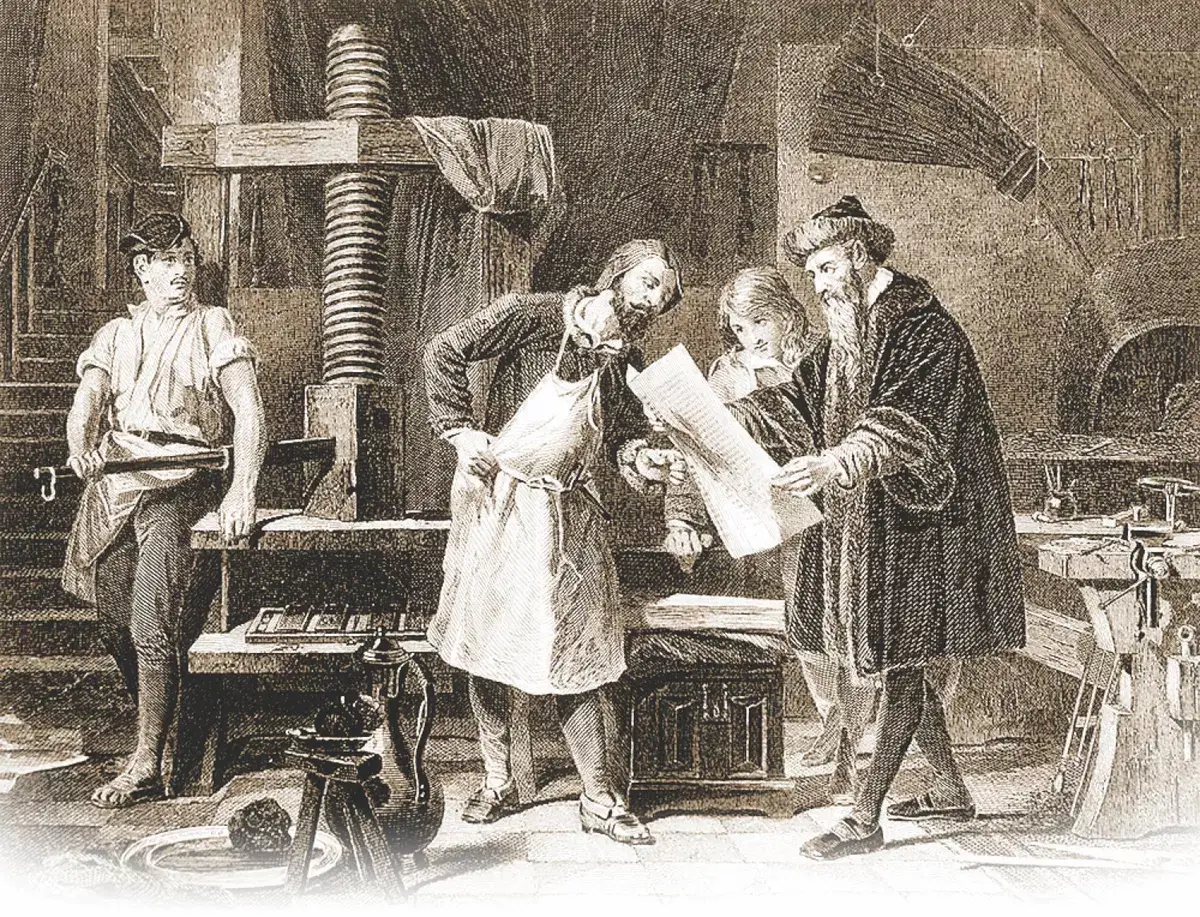The Early History of Printing
Printing, as a method of reproducing texts and images, has a long and fascinating history. The earliest known form of printing can be traced back to ancient civilizations in China, where the use of carved wooden blocks for printing on textiles dates back to the 5th century AD. In Europe, the printing process took a slightly different form. The first recorded use of a printing press in Europe was in the mid-15th century, when the German blacksmith and goldsmith Johannes Gutenberg developed a printing press that used movable metal type.
Gutenberg’s printing press was revolutionary in that it allowed for the mass production of books and other printed materials. Prior to the printing press, books were hand-copied by monks and scribes, a labor-intensive and time-consuming process that made books rare and expensive. Gutenberg’s printing press made it possible to produce multiple copies of a single book in a short amount of time, significantly reducing the cost and increasing the availability of books.
The Impact of the Printing Press
The printing press had a profound impact on the spread of knowledge and ideas. With the ability to produce books and other printed materials quickly and inexpensively, the printing press played a key role in the dissemination of information during the Renaissance and the Scientific Revolution. The printing press also facilitated the spread of new religious and political ideas, including the Protestant Reformation and the Enlightenment.
In addition to its impact on the spread of ideas, the printing press also had a significant economic impact. The mass production of books and other printed materials created new jobs and industries, including the printing industry itself and the papermaking industry. The printing press also made it possible for people to produce and sell printed materials, such as newspapers and pamphlets, which helped to fuel the growth of the advertising industry.
The Modern Printing Press
While the basic principles of the printing press have remained largely unchanged over the centuries, the technology used to operate printing presses has evolved significantly. In the 20th century, the development of offset printing and digital printing revolutionized the printing industry. Offset printing, which uses a system of plates and cylinders to transfer ink to paper, allows for the production of high-quality printed materials at a lower cost. Digital printing, which uses digital files and inkjet or laser printing technology, allows for even faster and more efficient printing, as well as greater customization and personalization of printed materials.
Today, printing presses are used to produce a wide range of materials, including books, newspapers, magazines, packaging, and marketing materials. The printing press continues to play a vital role in the dissemination of information and the communication of ideas.
